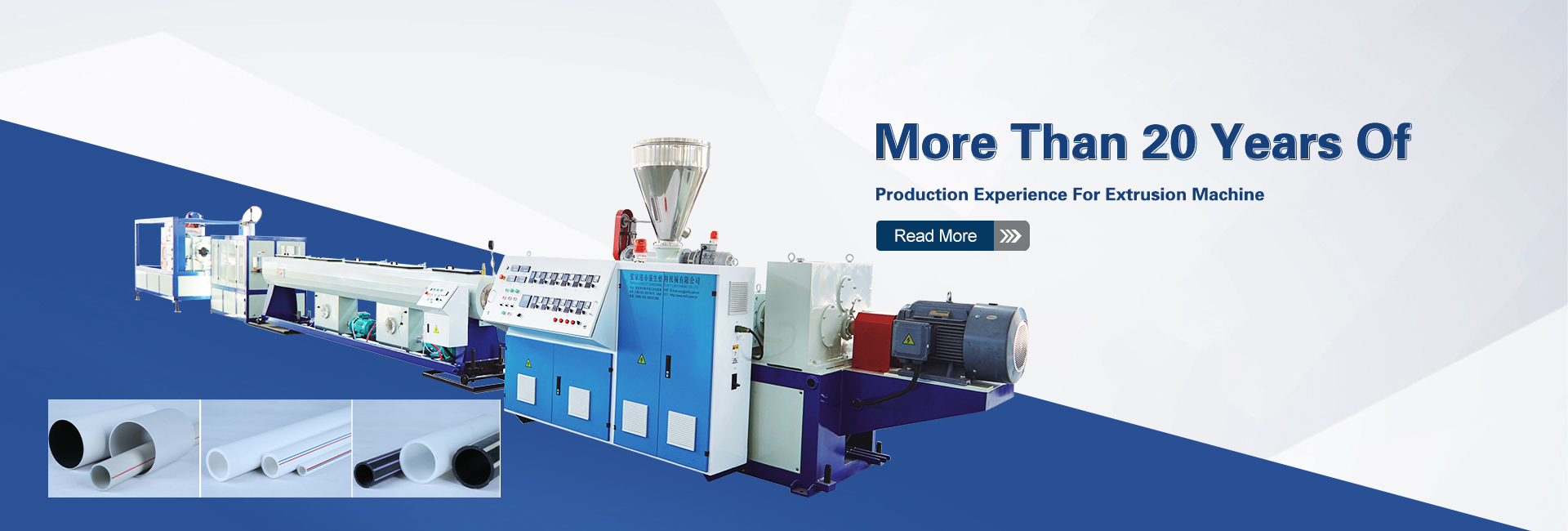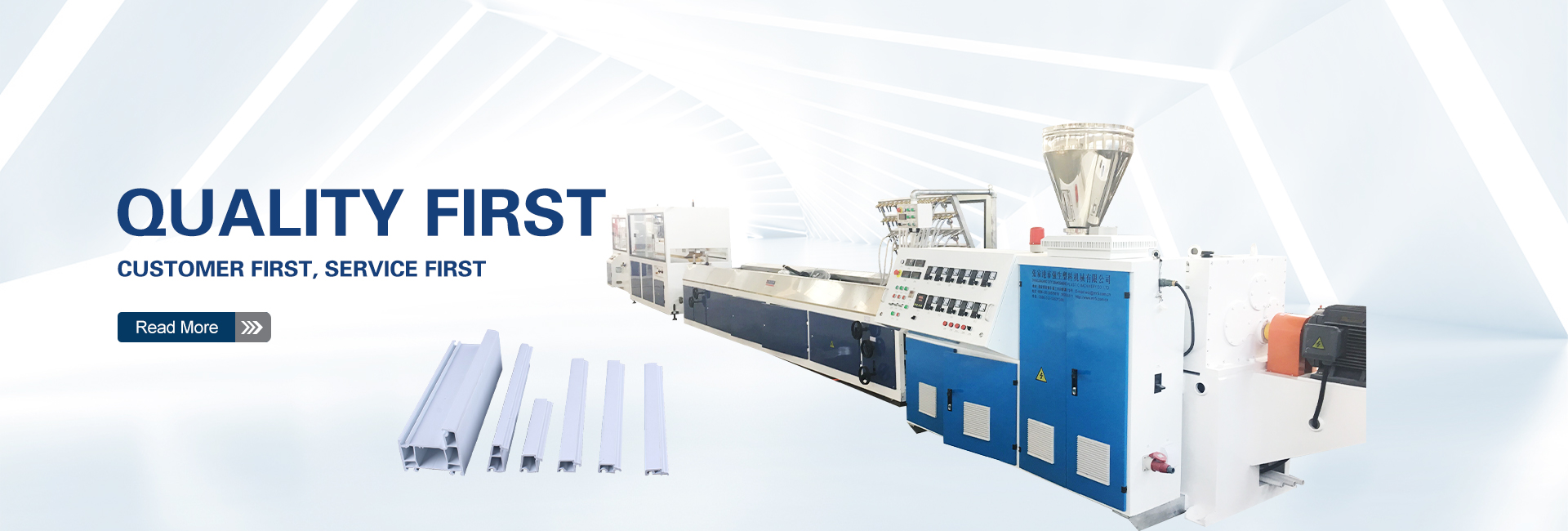As a leading PVC wall panel extrusion line supplier, Qiangshengplas understands the importance of equipping our customers with the knowledge and expertise to operate their extrusion lines effectively. This comprehensive guide delves into the basic operational procedures for PVC wall panel extrusion lines, empowering you to navigate the process with confidence and achieve optimal results.
Understanding the PVC Wall Panel Extrusion Line
A PVC wall panel extrusion line is a complex system that transforms raw PVC material into finished wall panels. The line consists of several critical components, each playing a vital role in the production process.
Key Components of a PVC Wall Panel Extrusion Line:
Mixer: The mixer blends PVC resin, additives, and stabilizers to create a homogeneous mixture.
Extruder: The extruder heats and melts the mixture, forcing it through a die to form the desired panel shape.
Calibration Table: The calibration table ensures the extruded panel maintains uniform dimensions and cools it gradually.
Haul-off Machine: The haul-off machine pulls the cooled panel at a controlled speed to prevent distortion.
Cutting Machine: The cutting machine cuts the panel to the desired length.
Stacker: The stacker neatly arranges the cut panels for packaging and storage.
The Basic Operational Process
1. Preparation:
a. Raw Material Inspection: Inspect incoming PVC resin and additives for quality and consistency.
b. Component Mixing: Load the appropriate quantities of PVC resin, additives, and stabilizers into the mixer.
c. Preheat the Extruder: Preheat the extruder to the desired operating temperature.
2. Extrusion:
a. Feed the Mixture: Feed the mixed material into the extruder’s hopper.
b. Melting and Homogenization: The extruder’s rotating screw melts and homogenizes the mixture.
c. Pressure Build-up: The screw generates pressure, forcing the molten mixture through the die.
3. Shaping and Cooling:
a. Die Shaping: The molten mixture passes through the die, forming the desired panel shape.
b. Calibration and Cooling: The calibration table ensures uniform dimensions and gradually cools the panel.
4. Hauling, Cutting, and Stacking:
a. Controlled Hauling: The haul-off machine pulls the cooled panel at a controlled speed.
b. Precise Cutting: The cutting machine cuts the panel to the specified length.
c. Neat Stacking: The stacker arranges the cut panels for efficient packaging and storage.
5. Quality Control:
a. Dimensional Inspection: Verify the panel’s dimensions meet specifications.
b. Appearance Check: Inspect the panel for surface defects, color consistency, and overall quality.
c. Performance Testing: Conduct performance tests to ensure the panel meets strength, durability, and fire resistance standards.
Glossary of Terms:
PVC Resin: The primary raw material for PVC wall panels, derived from ethylene and chlorine.
Additives: Substances added to the PVC resin to enhance specific properties, such as stabilizers, lubricants, and pigments.
Stabilizers: Prevent PVC degradation from heat and UV exposure.
Die: The shaped opening through which the molten mixture is forced, forming the panel’s profile.
Calibration Table: A set of rollers that control the panel’s dimensions and ensure consistent cooling.
Haul-off Machine: Synchronizes the pulling speed with the extruder’s output to prevent panel distortion.
Cutting Machine: Precision-cuts the panel to the specified length.
Stacker: Automatically arranges the cut panels for efficient handling and packaging.
Conclusion
By understanding the basic operational procedures and key components of a PVC wall panel extrusion line, you are well-equipped to navigate the production process effectively. Remember, consistent adherence to safety protocols, regular maintenance practices, and quality control measures are essential for achieving optimal results and maintaining the longevity of your extrusion line.
As a leading PVC wall panel extrusion line supplier, Qiangshengplas is committed to providing our customers with not only high-quality extrusion lines but also comprehensive support and guidance. If you have any questions or require further assistance with operating your extrusion line, please don’t hesitate to contact our experienced team of experts.
Post time: Jun-26-2024



